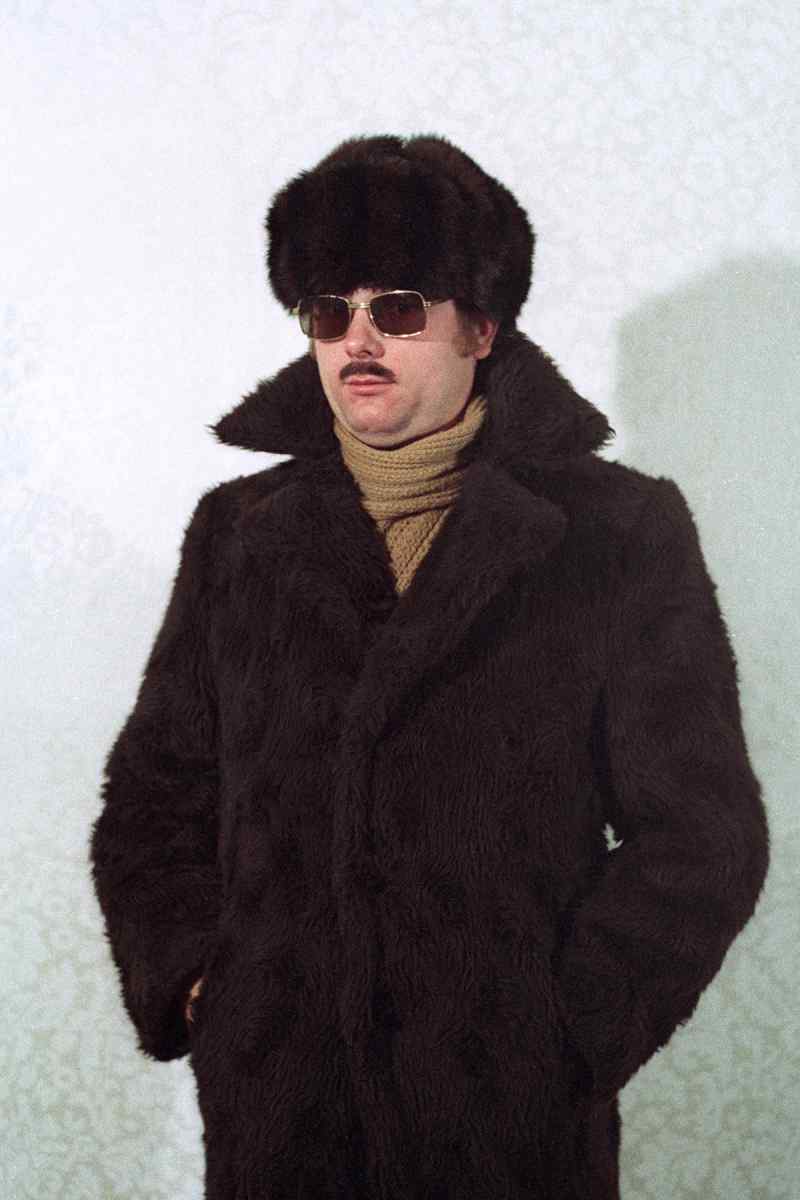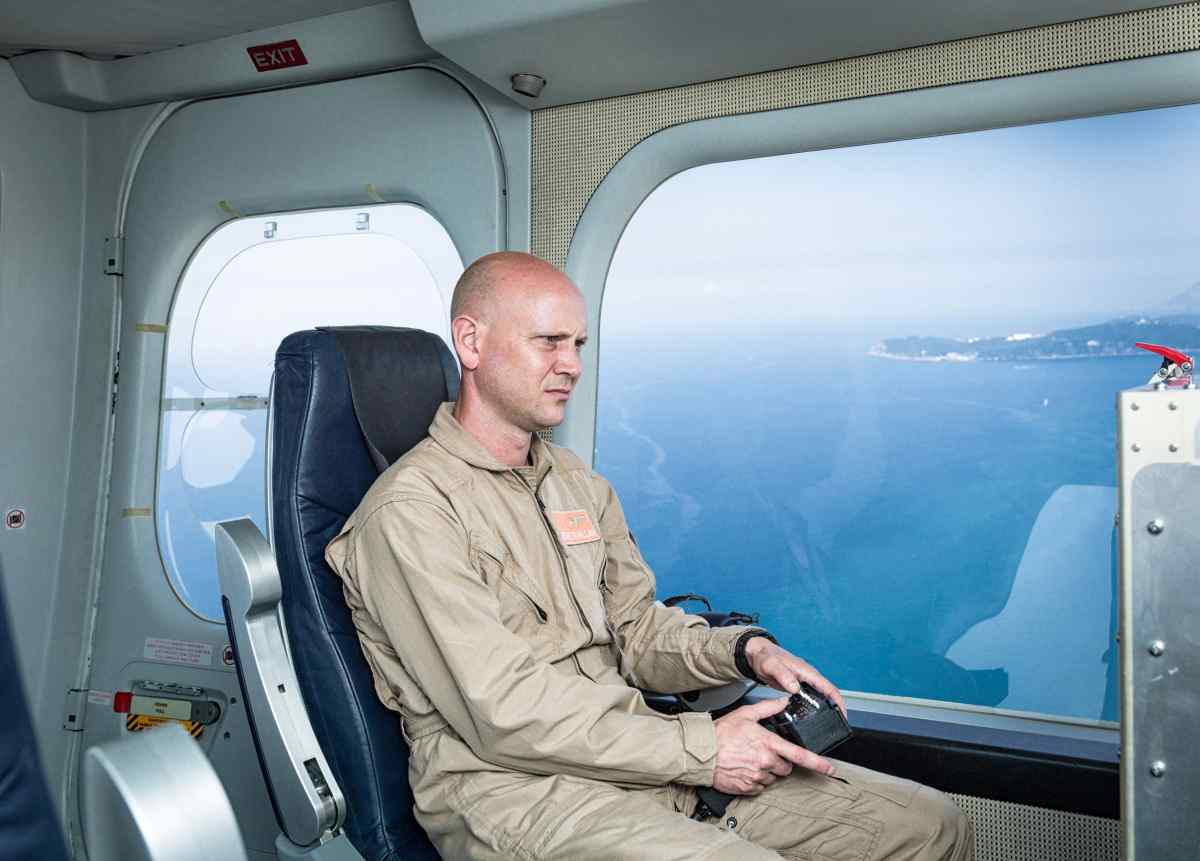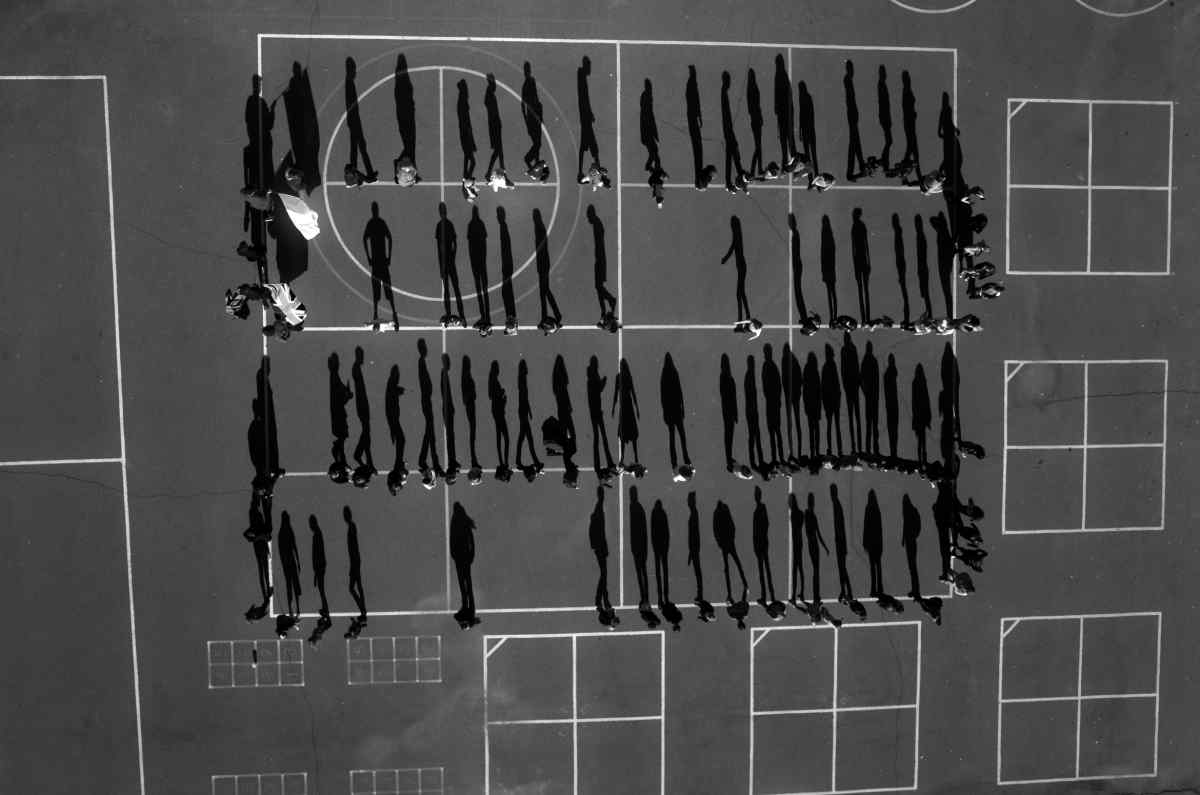Watching You, Watching Me
Moving Walls 22



Mari BASTASHEVSKI & Privacy International; Edu BAYER; Josh BEGLEY; Paolo CIRIO; Hasan ELAHI; Andrew HAMMERAND; Mishka HENNER; Simon MENNER; Julian ROEDER; Tomas VAN HOUTRYVE
New York-i Nyílt Társadalom Intézet / Open Society Foundations, New York
Goethe-Institut Budapest
An exhibition that explores how photography can be both an instrument of surveillance and a tool to expose and challenge its negative impact.
The ten artists of the exhibition Moving Walls 22 / Watching You, Watching Me provided a satellite-to-street view of the ways in which surveillance culture blurs the boundaries between the private and public realms. Their use of photography includes a dynamic range of artistic approaches—from documentary to conceptual practice and from appropriation to street art.
Some of the works were created exclusively for this exhibition. Visitors were able to see the premiere of Hasan Elahi’s 27 ft. tall by 15 ft. wide scroll of 32,000 images from his self-surveillance project, as well as new floor-to-ceiling installations created specifically for this exhibition by Mari Bastashevski, on the global communications industry; and Josh Begley, on the NYPD’s Demographics Unit spying on Muslims. This is also the first time that Edu Bayer’s photographs of late Libyan dictator Muammar al-Qaddafi’s security headquarters will be exhibited.
The artists:
Mari Bastashevski, “It’s Nothing Personal”
In two floor-to-ceiling installations, Mari Bastashevski presents the dichotomy between the self-representation of global communications surveillance firms and the testimonies of those who are directly affected by their technologies.
Edu Bayer, “Qaddafi Intelligence Room”
Edu Bayer documents late Libyan dictator Muammar al-Qaddafi’s security headquarters in Tripoli, just a few days after it was abandoned when rebels stormed the capital.
Josh Begley, “Plain Sight: The Visual Vernacular of NYPD Surveillance”
Josh Begley culls photographs, maps, and text from AP-released documents used by the NYPD’s Demographics Unit in its surveillance of Muslims and re-contextualizes this material in two floor-to-ceiling installations.
Paolo Cirio, “Street Ghosts”
Paolo Cirio uses appropriated imagery of people captured on Google Street View to create street installations at the very sites where they were originally photographed.
Hasan Elahi, “Thousand Little Brothers”
After being erroneously linked to terrorist activities and subjected to a six-month-long FBI investigation, Hasan Elahi began to voluntarily monitor himself by photographing mundane details from his daily life and sending these images to the FBI. The work on view is a 27 ft. high x 15 ft. wide composite grid printed on seven scrolls of canvas and includes approximately 32,000 images from that project.
Andrew Hammerand, “The New Town”
Andrew Hammerand uses a publicly accessible networked CCTV camera in an anonymous midwestern American town to create images that reflect on issues of surveillance and privacy.
Mishka Henner, “Dutch Landscapes”
Mishka Henner highlights the Dutch government’s attempts to intervene in the visual landscape of Google Earth and appropriates censored images of significant political, economic, and military locations, which the Dutch have concealed with a stylized array of multi-colored polygons.
Simon Menner, “Images from the Secret Stasi Archives”
Simon Menner presents images found in the East German State Security Service archives to reflect on how photography was used by the Stasi as a tool to train spies, conduct secret home searches, and track people’s movements.
Julian Roeder, “Mission and Task”
Julian Roeder adopts the visual language of advertising to draw attention to the people and machinery behind the border surveillance system EUROSUR, which connects all border control systems in the EU allowing them to share and exchange information.
Tomas van Houtryve, “Blue Sky Days”
Using a camera attached to a drone that he purchased, Tomas van Houtryve photographs locations and gatherings in the United States that reference American drone use—both domestically and abroad—to reflect on privacy, surveillance, and contemporary warfare.